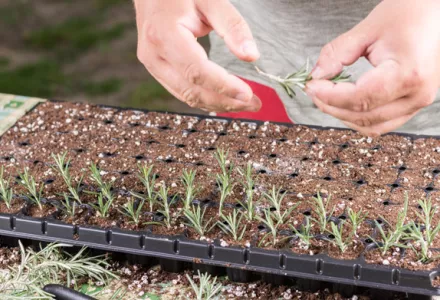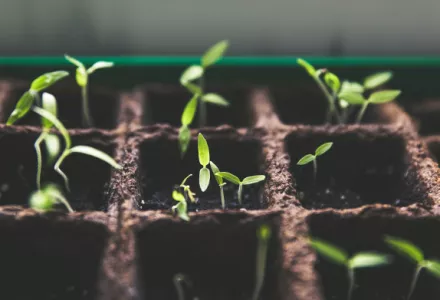Seeds, cuttings, GMOs and what's best for you
Starting a garden can be an exciting endeavor, and it's important to choose the right propagation material to ensure a healthy and successful garden. Many growers choose to propagate their own stock material by taking cuttings. This requires a stock or mother plant, cutting tools, and labor to keep their stock plant healthy while producing shoots that can be cut as propagation material.
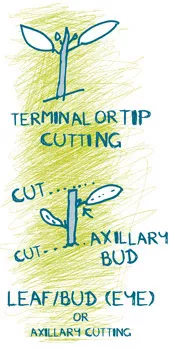
In order to keep these genetics consistent, the stock plant needs to be kept alive and started anew periodically as the plant's genetics naturally drift over time or its health deteriorates. The reward for all of this hard work, is that the same genetics can be maintained efficiently. Whether you go for cuttings, plant starts, or seeds, once you nestle them in their medium you can give them a kick start to life with CANNA RHIZOTONIC, an algae-based product especially helpful during early establishment. A strong beginning pays it forward.
Starting with seed does not require the same type of maintenance as propagating cuttings. Seeds that have been stored in cool, dark conditions and are still reasonably young, only need to be grown from the seedling stage. Also, seedlings have shown very low transmission of HLVd, whereas cuttings are a main vector. While cuttings have already been exposed and can pass on environmental diseases fairly easily, seeds can evade some of this transmission.
However, be aware that unless the seed you purchased has been verified for genetic accuracy, there is no way of knowing if the seedling you are sprouting will look exactly like its parent plant in terms of plant shape, metabolite profile, or sex. For both cuttings or seedlings in your garden, look to CANNA Start to give your plant a clean base fertilizer. It's been designed to provide the right amount of fertilizer during that tender stage.
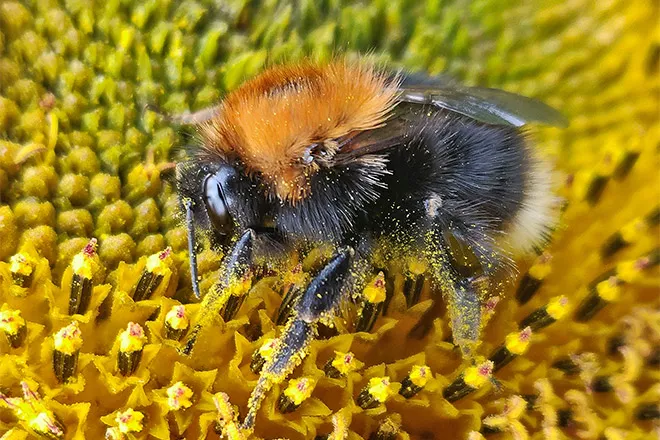
Plant breeders have worked to maintain genetic consistency in seed lines through traditional methods like selecting two plants and hand pollinating them to make a cross. The seeds they produce together are considered hybrid and are ideally gaining beneficial traits from each parent stock.
Heirloom seeds produce plants that are near identical to their parent material, and continue to pass on these consistent genetic traits... like an heirloom, being passed down between generations. They're also known as open-pollinated. Heirloom tomato varieties like Brandywine or Black Krim grow in this way – so feel free to experiment with seed saving in your very own garden.
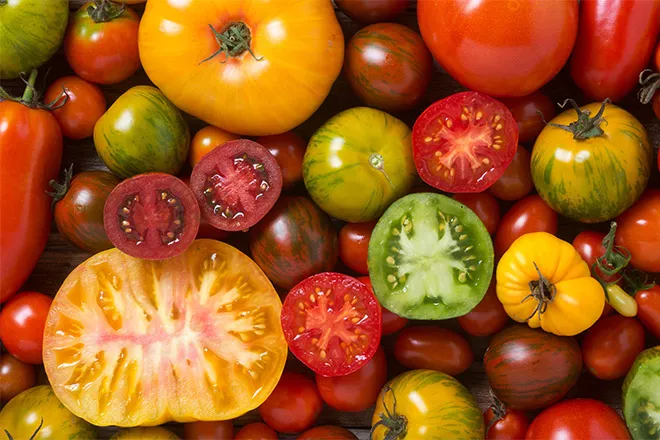
Many consumers today have become wary of genetically modified organisms. These are organisms that had been developed using genetic engineering technology rather than traditional plant breeding methods. The process involves isolating the desired gene, inserting it into the host organism, and selecting specific genes to turn on or off.
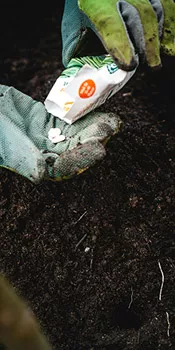
GMO seeds are produced with specific traits engineered in them. Organic seeds are produced using traditional breeding methods and are grown using organic methods of pest management, soil health management, and processing. Conventional seeds and starts could be produced using GMO technology or traditional methods, using conventional farm management practices. In today's market, GMO seed is produced primarily for commodity crops.
The GMOs you are most likely to encounter will come in a box of packaged food – as it's mostly GMO soy, corn, canola, and cotton found in the commercial market today. These GMO commodity crops were developed primarily for herbicide tolerance or insect resistance. Keep that in mind when casting a discerning look over the giant strawberries in the grocery store.
They're simply a product of traditional breeding methods and were selected for their size and sugar content – just like how sugar content has been increased in sweet corn, tomato, apples, carrots and other fruits and veggies, over the last 80 years.
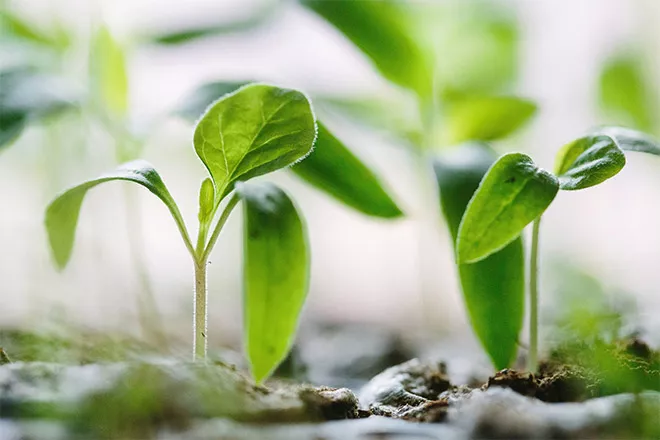
With whichever you choose to start your garden, we hope you have a successful beginning and, as always, reach out as questions arise!

